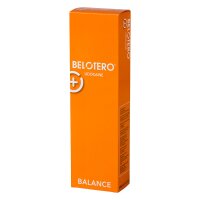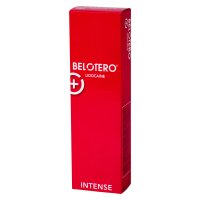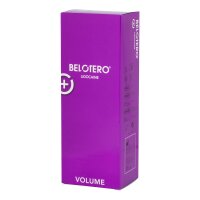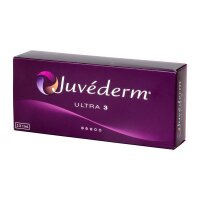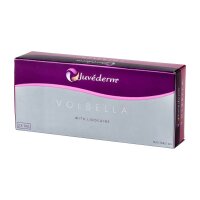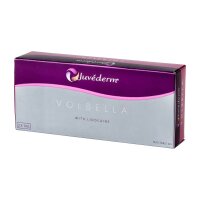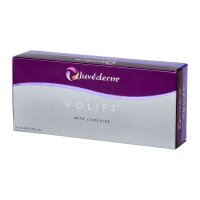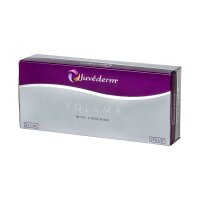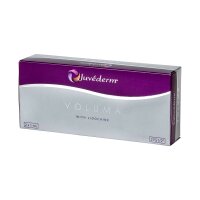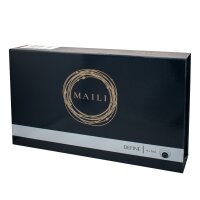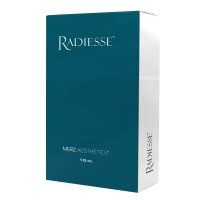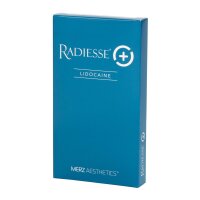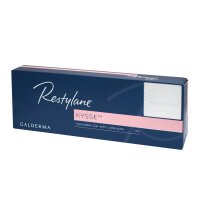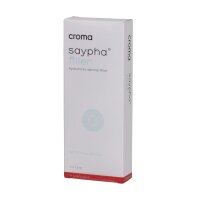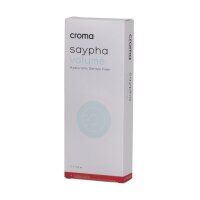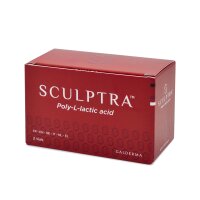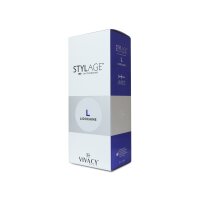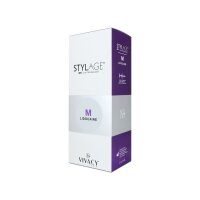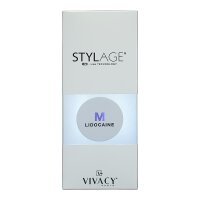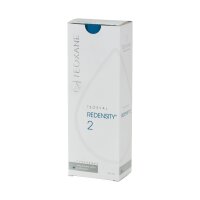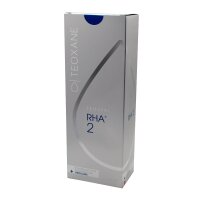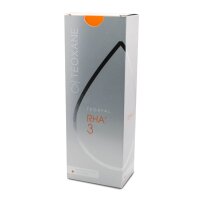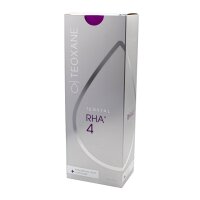Dermal Filler
Gross price: 80,92 €
Value added tax: 12,92 €
Gross price: 80,92 €
Value added tax: 12,92 €
Gross price: 199,92 €
Value added tax: 31,92 €
Gross price: 189,21 €
Value added tax: 30,21 €
Gross price: 224,91 €
Value added tax: 35,91 €
Gross price: 224,91 €
Value added tax: 35,91 €
Gross price: 224,91 €
Value added tax: 35,91 €
Gross price: 386,75 €
Value added tax: 61,75 €
Gross price: 410,55 €
Value added tax: 65,55 €
Gross price: 124,95 €
Value added tax: 19,95 €
Gross price: 124,95 €
Value added tax: 19,95 €
Gross price: 92,82 €
Value added tax: 14,82 €
Gross price: 82,11 €
Value added tax: 13,11 €
Gross price: 53,55 €
Value added tax: 8,55 €
Gross price: 54,74 €
Value added tax: 8,74 €
Gross price: 320,11 €
Value added tax: 51,11 €
Gross price: 129,71 €
Value added tax: 20,71 €
Gross price: 117,81 €
Value added tax: 18,81 €
Gross price: 176,12 €
Value added tax: 28,12 €
Gross price: 164,22 €
Value added tax: 26,22 €
Gross price: 167,79 €
Value added tax: 26,79 €
Gross price: 186,83 €
Value added tax: 29,83 €
What Types of Dermal Fillers Are Available?
Dermal Fillers are widely used in aesthetic medicine for wrinkle treatments and skin rejuvenation. The most common types include:
1. Hyaluronic Acid Fillers
Hyaluronic acid is a natural substance found in the body that binds moisture. It is often used to treat wrinkles by plumping and smoothing the skin. Hyaluronic acid fillers come in various consistencies and densities, making them suitable for different areas and concerns.
2. Calcium Hydroxylapatite Fillers
These mineral-based fillers stimulate collagen production and restore volume in specific areas of the face. They are ideal for addressing deep wrinkles and improving skin texture.
3. Poly-L-lactic Acid Fillers
A synthetic option that promotes collagen production over time, poly-L-lactic acid fillers are commonly used for long-term volumizing effects and skin tightening.
Collagen Fillers
Collagen fillers are another option for enhancing skin elasticity and reducing wrinkles. While less common today due to potential allergic reactions and the rise of safer alternatives like hyaluronic acid, they remain an option in some cases.
Where Can Dermal Fillers Be Used?
Dermal fillers are versatile and effective for treating various facial areas, including:
- Nasolabial Folds: The lines from the nose to the corners of the mouth.
- Marionette Lines: Lines from the corners of the mouth to the chin.
- Lips: Enhances lip volume for a fuller look.
- Cheeks: Adds definition and lift to the mid-face.
- Under-Eye Area: Reduces dark circles and hollow tear troughs.
Who Is a Good Candidate for Dermal Fillers?
Dermal fillers are suitable for individuals seeking a non-surgical solution to reduce wrinkles, improve skin volume, and address signs of aging. Ideal candidates are typically healthy, free of severe allergies or conditions, and have realistic expectations for the results.
It is essential to consult with a qualified practitioner to determine the most appropriate filler and treatment plan based on individual needs.
What Happens During a Dermal Filler Treatment?
The procedure may vary slightly depending on the practitioner, but the general steps include:
- Consultation: Discuss needs and expectations with the doctor to ensure suitability.
- Preparation: The treatment area is cleaned and disinfected.
- Anesthesia: A numbing cream or local anesthesia may be applied for comfort.
- Injection: The filler is administered using a fine needle or cannula.
- Massage: The area is gently massaged to distribute the filler evenly.
- Post-Treatment Care: Patients receive aftercare instructions to minimize swelling and bruising.
Results are not permanent, and regular follow-ups are necessary to maintain the desired effect. Your doctor will recommend the frequency of treatments based on the filler type and treatment area.


















